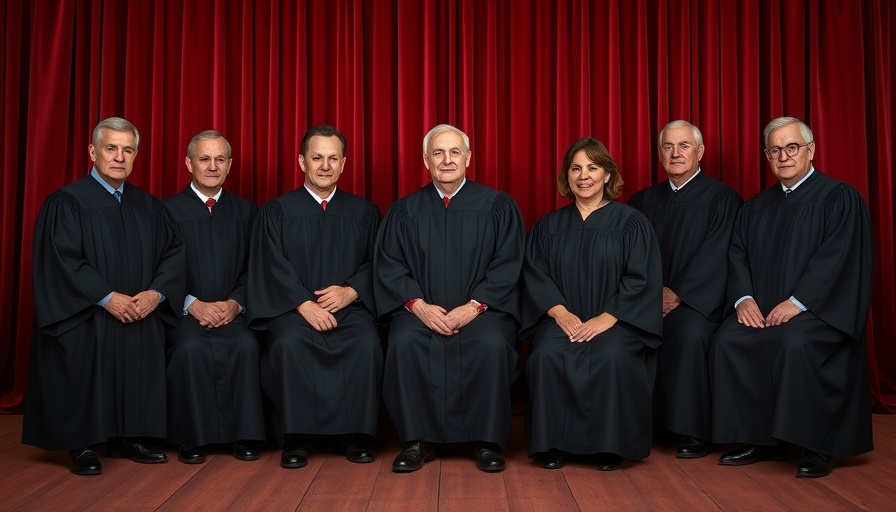
Is the Federal Reserve Becoming Politicized?
The Federal Reserve (Fed) has long been regarded as an independent body, shielded from political pressures. However, recent dynamics raise concerns about its future as it increasingly resembles the U.S. Supreme Court's divisive nature. As President Donald Trump openly challenges Fed Chair Jerome Powell and pressures the central bank to cut interest rates, tensions are escalating. Trump's tactics have included both threats of dismissal and public disdain for Fed officials, including Governor Lisa Cook.
The Role of Loyalty in Federal Appointments
Appointments to the Fed are no longer solely based on economic expertise but are influenced by political loyalty. Ian Katz, managing partner at Capital Alpha Partners, notes that as political allegiance to the president prevails, governors might consider extending their terms until a president from their political party is in office. Historically, Fed officials would resign from their positions without fear of a politically motivated replacement, yet under Trump, this norm appears to be changing.
Future Implications for Economic Policy
The potential appointment of Stephen Miran to the Fed, who advocates reducing the central bank's independence, juxtaposes sharply against Cook’s and Powell’s existing stances focused on maintaining autonomy. This shift could not only impact interest rates but also undermine the stability of economic policymaking, suggesting that partisan politics may take precedence over sound economic judgment in the Fed's future decisions.
Understanding the Stakes
As the Fed navigates these treacherous waters, analysts are cautioning that political pressures could lead to volatile financial markets. The ongoing tensions signal that we may be witnessing a transformation within this key institution. Further, as the Fed's board composition changes and its policies adapt, the repercussions on the economy could be profound. Investors and business professionals must remain vigilant as the Fed's evolving role could impact everything from corporate earnings to local business success stories across the Bay Area and beyond.
 Add Row
Add Row  Add
Add 



Write A Comment